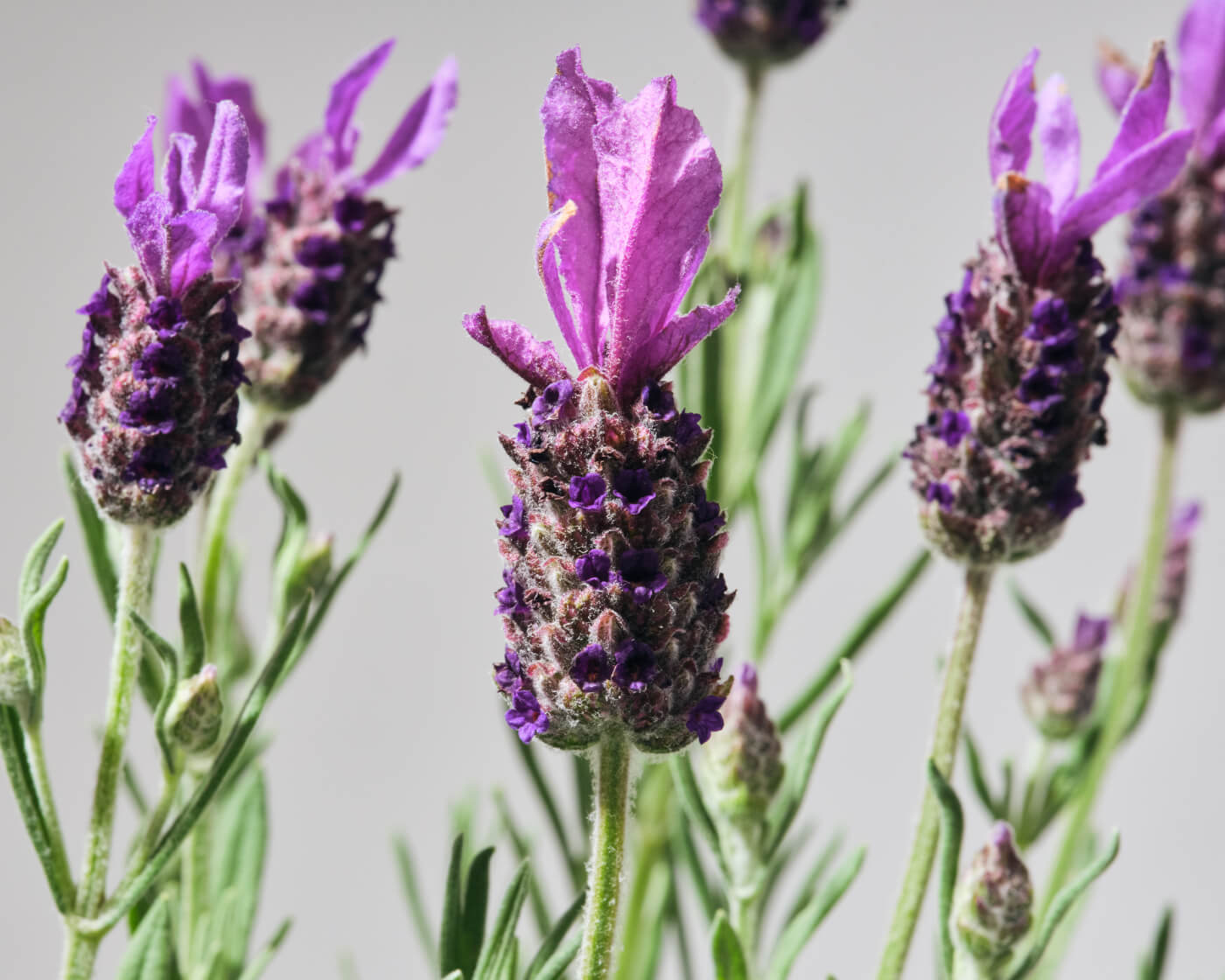
Thought to have originated in what is now the Arabian Peninsula and brought to Europe by the ancient Romans, the notably fragrant and colorful lavender plant derives its name from the Latin verb "lavare" which means “to wash.” This is because it was historically used to perfume bathwater and add fragrance to freshly laundered clothes. From that point forward, lavender continued its journey through human history and was also appreciated as a medicinal and culinary ingredient, prized for its soothing fragrance, antibacterial properties, and its ability to add a complex flavor to food.
Lavender has been a companion to world leaders like Cleopatra, who was reportedly fond of its scent, regarding it as an aphrodisiac. It was found in tombs of Egyptian pharaohs and France’s King Charles VI, who would stuff pillows with dried lavender to deter moths. Dried bundles of lavender were used as an insecticide and to fumigate during plagues. When infused in oils and ointments, lavender has served as an antiseptic as far back as the 1940s. Over the centuries, lavender has become a symbol for healing, purity, and love.
Today, lavender’s legacy continues as a beloved garden staple, with many fast-growing varietals from which to choose. We’ve collected several lavender types to consider for your own home oasis, whether you have a spacious yard, a quaint patio, or a sunny windowsill. If you’re looking to use your lavender in cooking (to infuse sugar, flavor simple syrups, or blend into spice mixes) go for English lavender; it doesn’t have the “soapy” flavor that the more fragrant, perfume-heavy lavender plants impart.
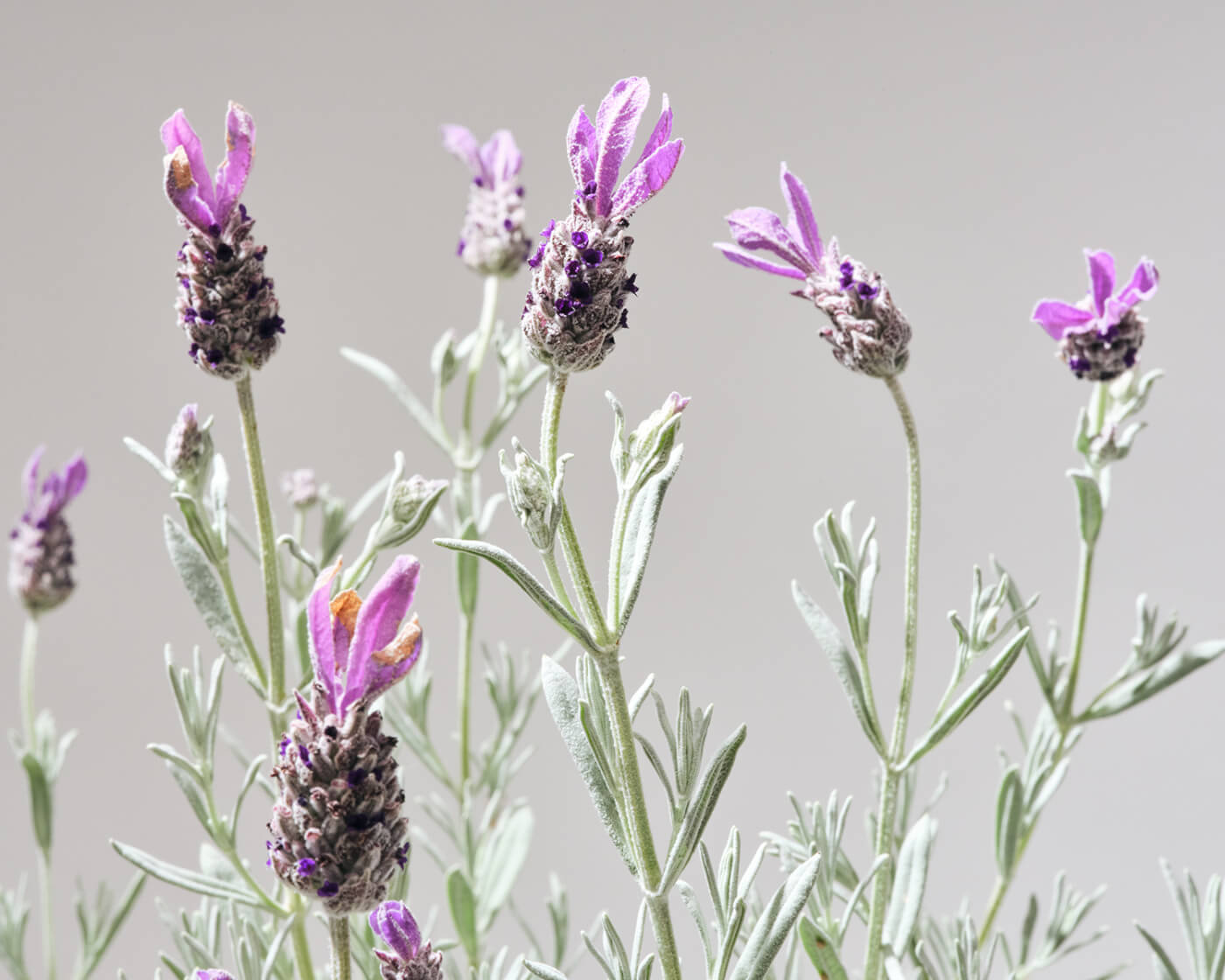
Silver Anouk is a garden standout, with its unusual two-toned flowers framed by silvery foliage. Dark plum flowers are topped by violet flags that look like butterfly wings. It's a fragrant choice for containers, patios, and porches where you can enjoy it up close.
Provence Lavender is tolerant of poor soil and heat. It's also known to withstand heavy doses of humidity. One of the tallest and most fragrant varieties, ‘Provence’ grows to be 30 to 36 inches tall with exceptionally long, mauve-purple flowers and is an excellent choice for creating an aromatic hedge.
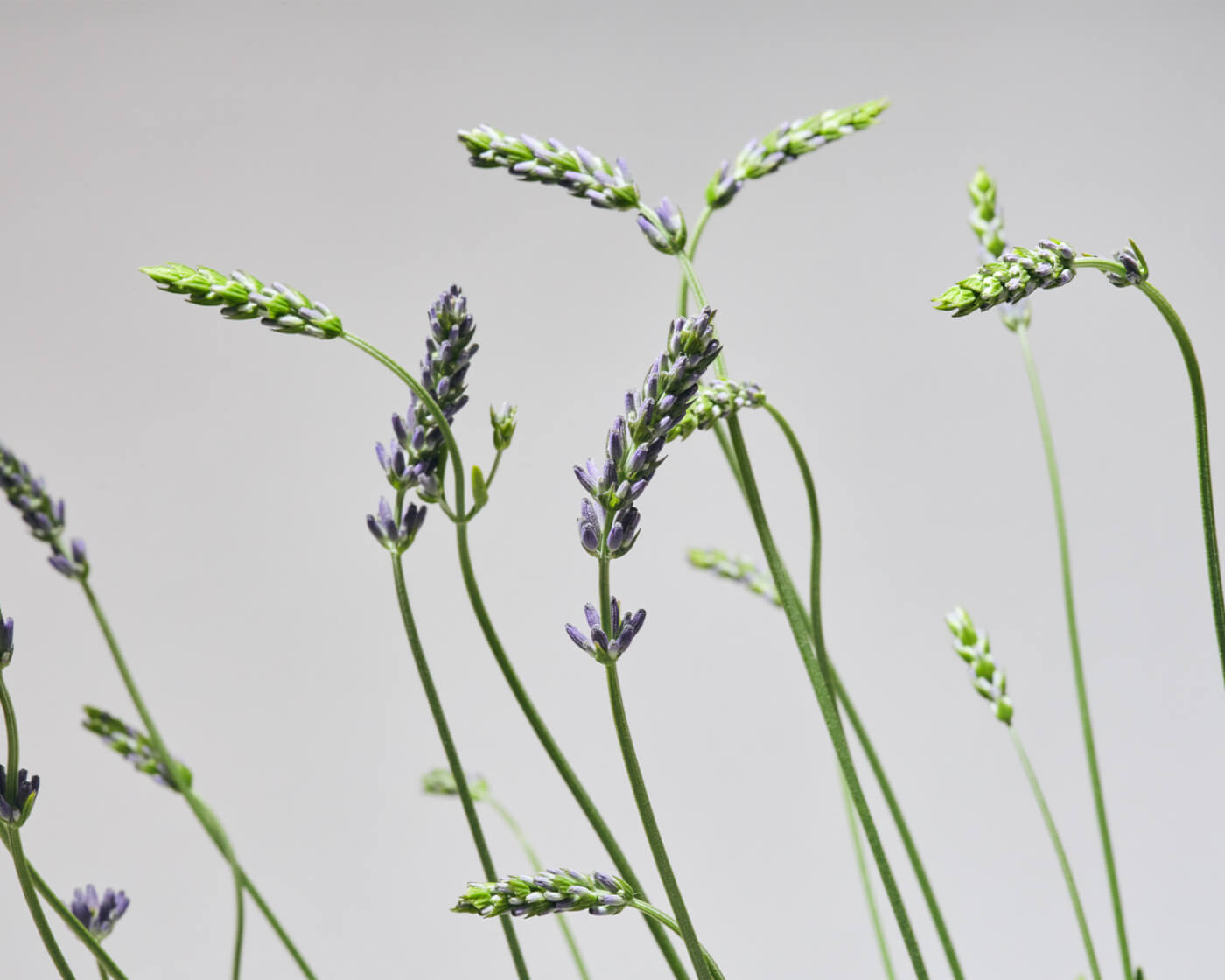
Phenomenal Lavender has it all! It's exceptionally tolerant of high heat, humidity, and harsh winters. It's also fast-growing and highly fragrant. Its spires of purple-blue flowers attract butterflies and bees to the garden, is deer-resistant, and the blooms can be used in essential oils.
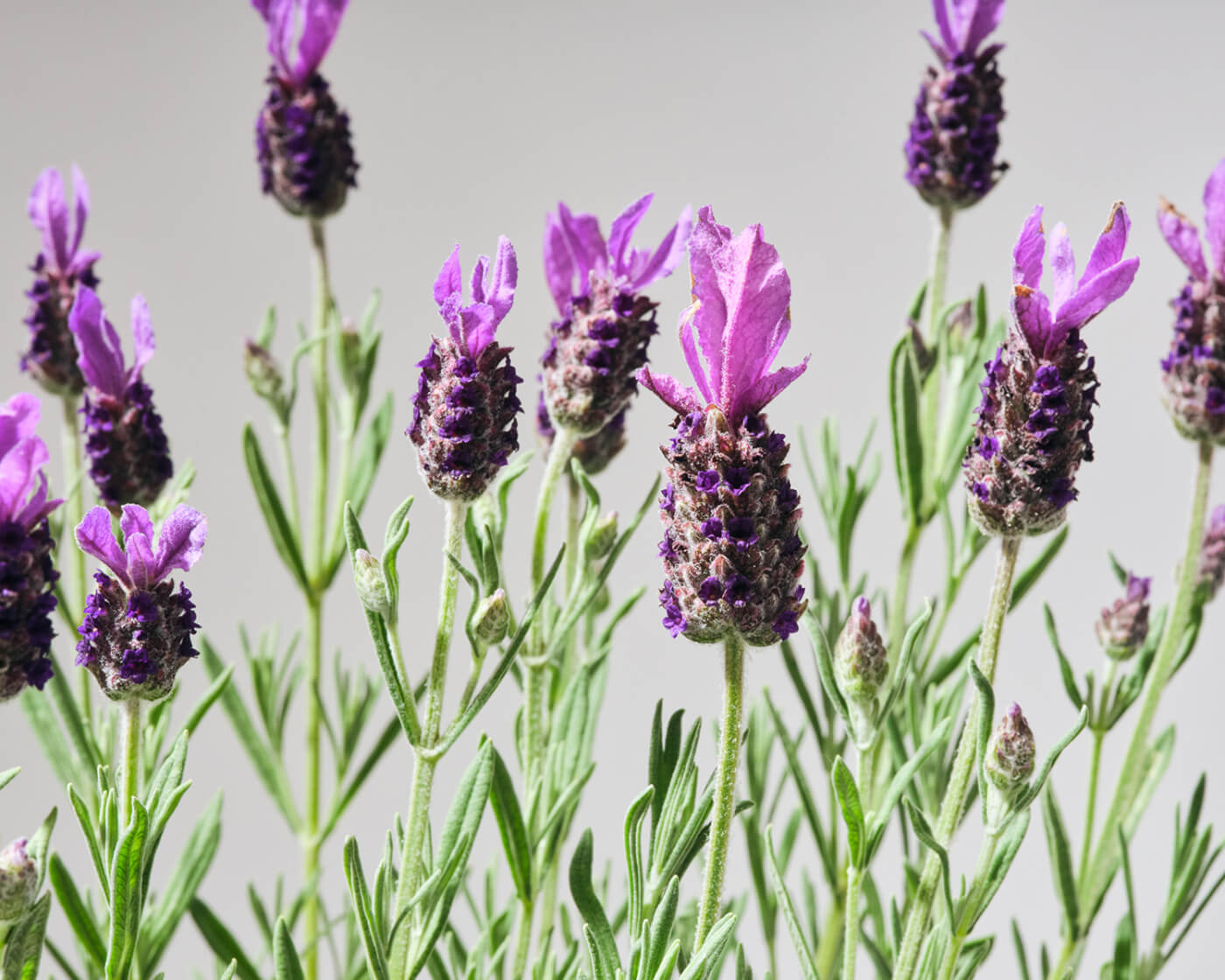
Anouk Lavender has dark purple flowerheads topped with delicate mauve-lilac flags, is easily grown, and has a long flowering time. Sweetly fragrant, it’s perfect for containers or perennial beds where it makes a magnificent focal point. Deer and rabbits avoid it, while it attracts pollinators.
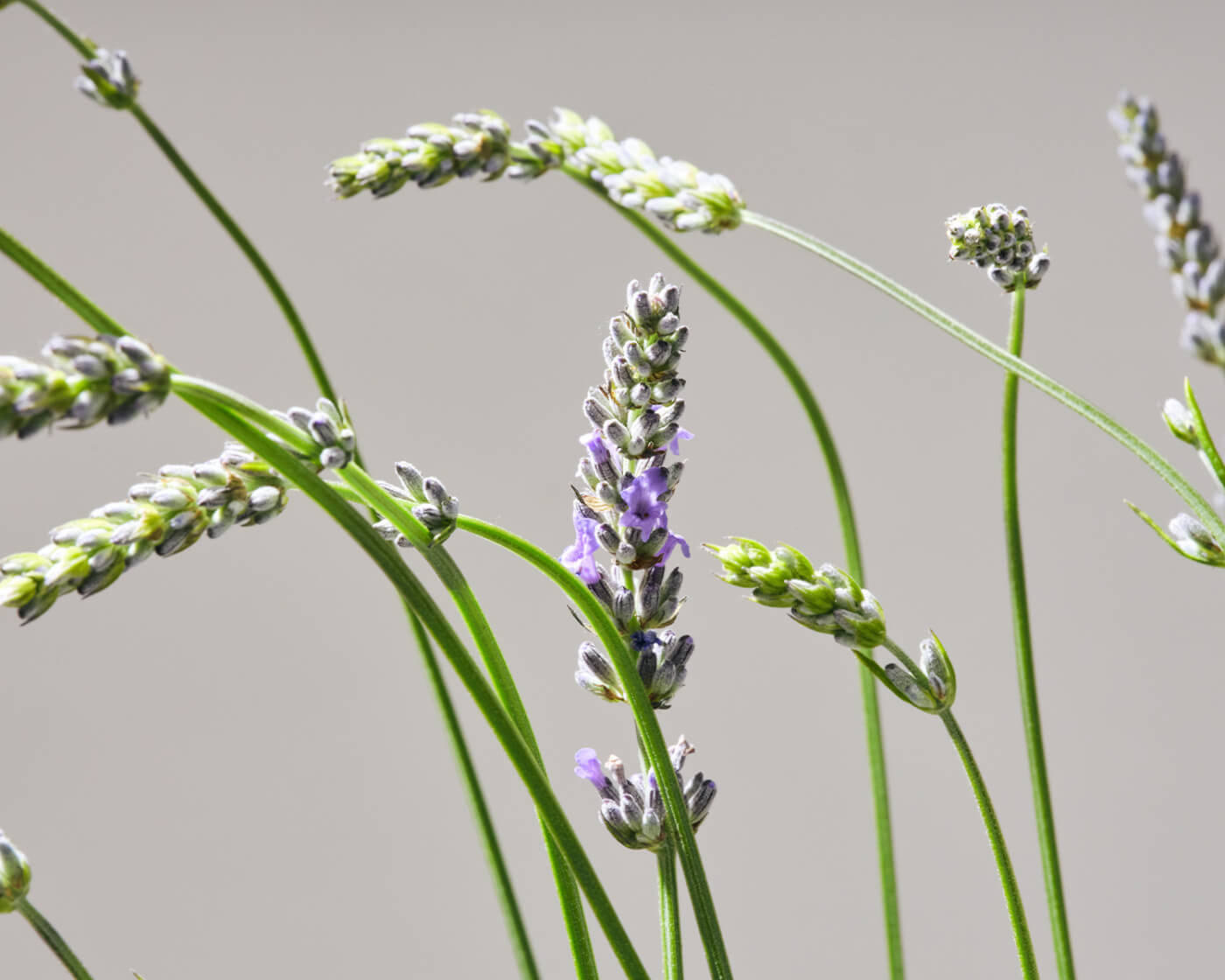
Grosso Lavender is frequently grown for use in perfume making, given its intense fragrance. A long-blooming and showy flower with large and spiky dark purple petals set against silver foliage, it makes for a richly colorful appearance in the garden and when dried for crafts.
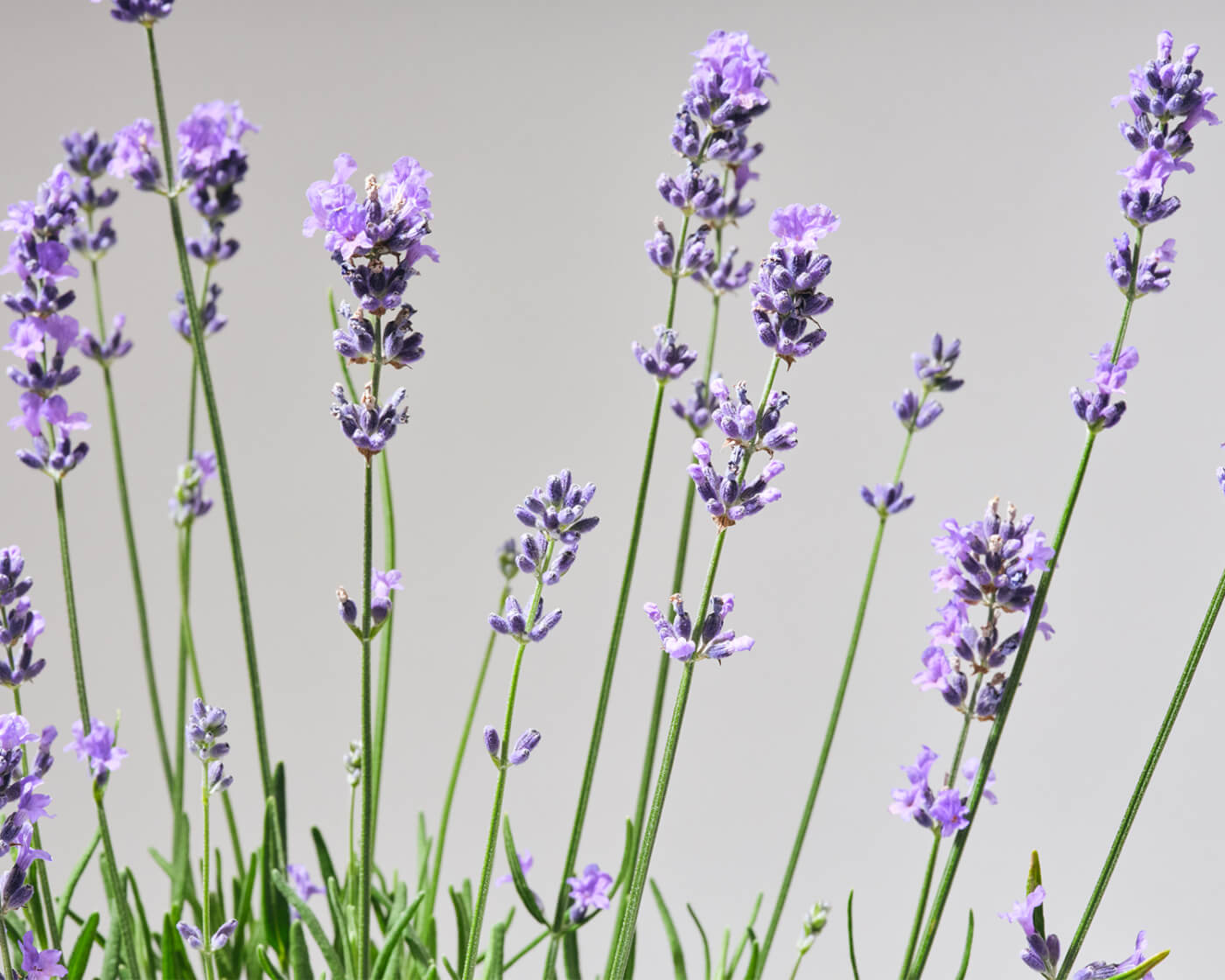
Munstead Lavender is an English Lavender with fragrant, mauve-blue spikes and gray-green mounded foliage. We love it among colorful perennials in borders, planted in a massive swath where it can sway in the breeze, or set in a pot on the patio where you can enjoy its pleasant scent.
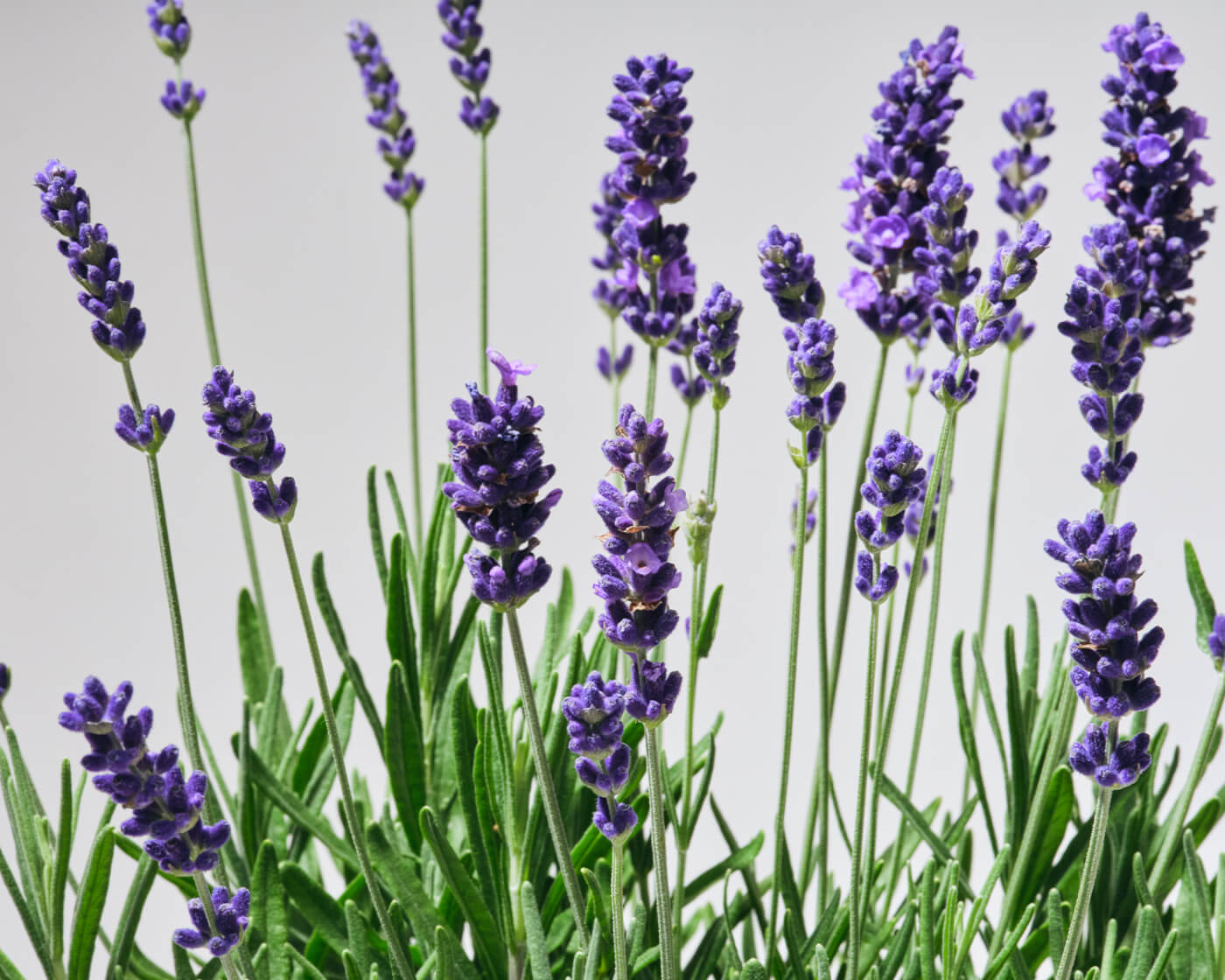
Hidcote is a compact English lavender that grows only 18 to 24 inches tall. It's perfect for containers with highly fragrant, deep purple-blue flowers. Excellent for both fresh and dried bouquets, this lavender attracts bees and butterflies and is deer/rabbit resistant. It's also perfect for hot, dry sites and drought-tolerant once established.
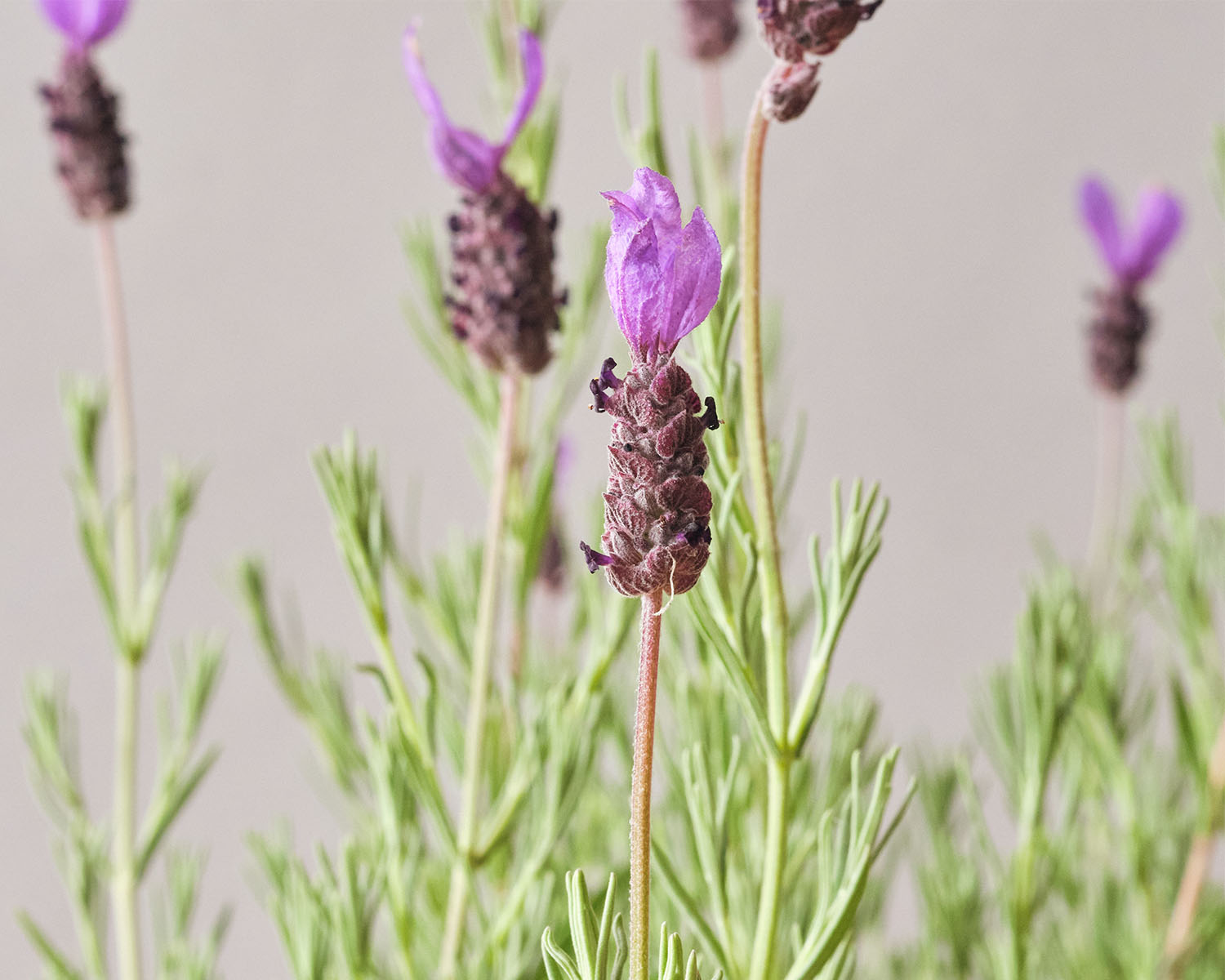
Big Time Blue puts other English lavenders to shame. It not only blooms much earlier than all its relatives but also produces some of the largest flower wands—up to 4 inches long. An herbaceous lavender, it contains essential oils that can be used in cuisine, but it's such a fine garden presence that it is also widely used as a low hedge and for mass planting. The plant's compact size makes it easy to grow in a container so you can keep it near at hand for easy harvesting.
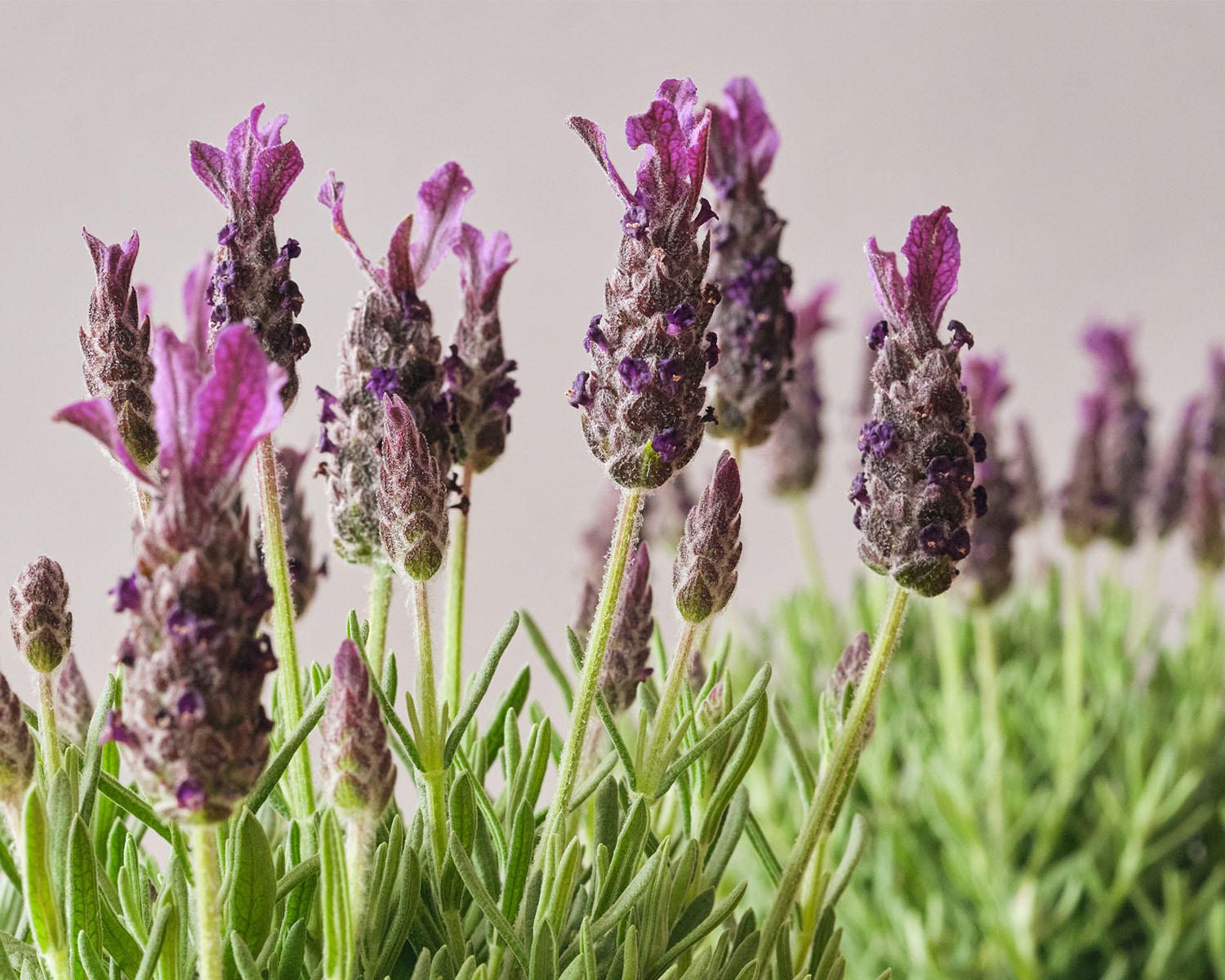
SuperBlue is a compact and fragrant lavender plant, making it a perfect choice for walkway edges and setting into patio containers. This English Lavender is fairly tough, withstanding drought and overwintering reliably in all but the coldest zones. Rich and saturated ‘SuperBlue’ produces blooms that are tighter together, delivering more color and fewer airy gaps.
Between the rich soil and hot summer sun, Washington is a great place to grow lavender, and there are so many farms to visit! Take a drive to Sequim to visit Purple Haze or The Lavender Connection, or take a trip to San Juan Island to Pelindaba Lavender Farms, nestled along Friday Harbor. If you need lavender now, Metropolitan Market is one of the few grocery stores near you that offers such a broad range of lavender in its floral departments.
